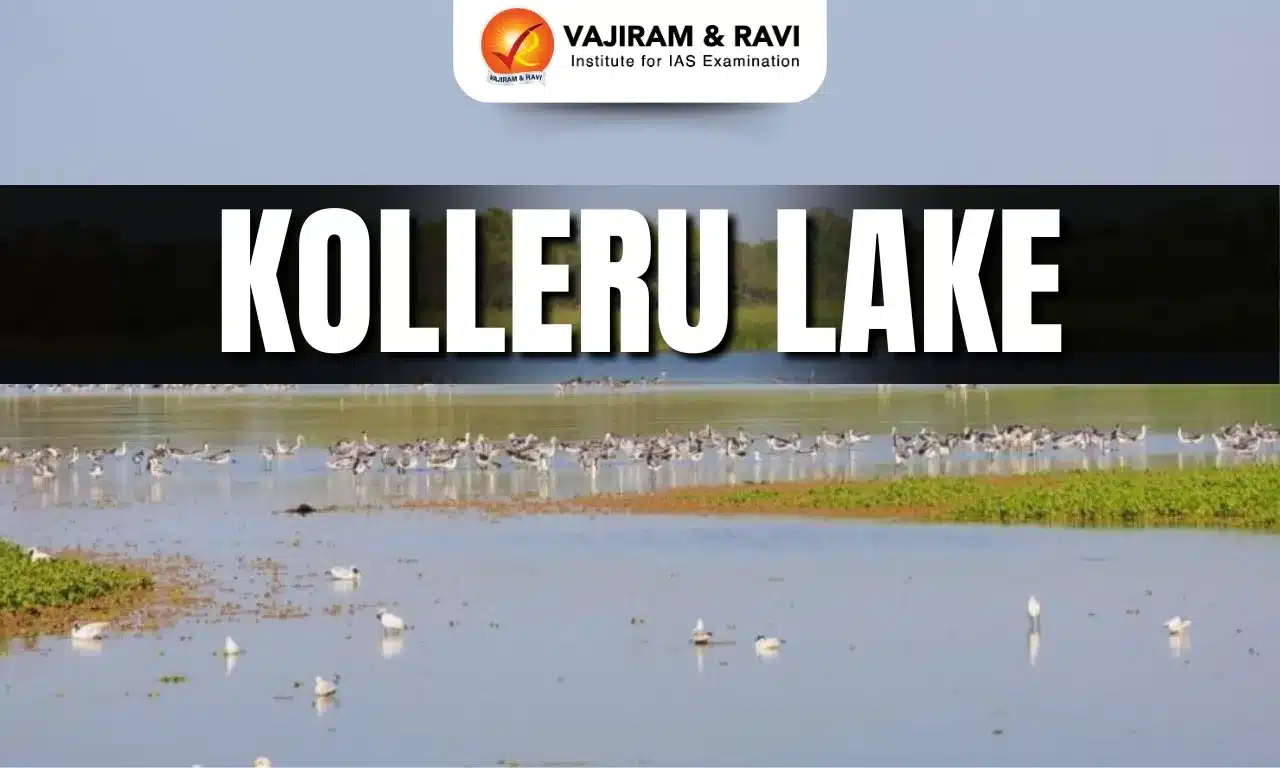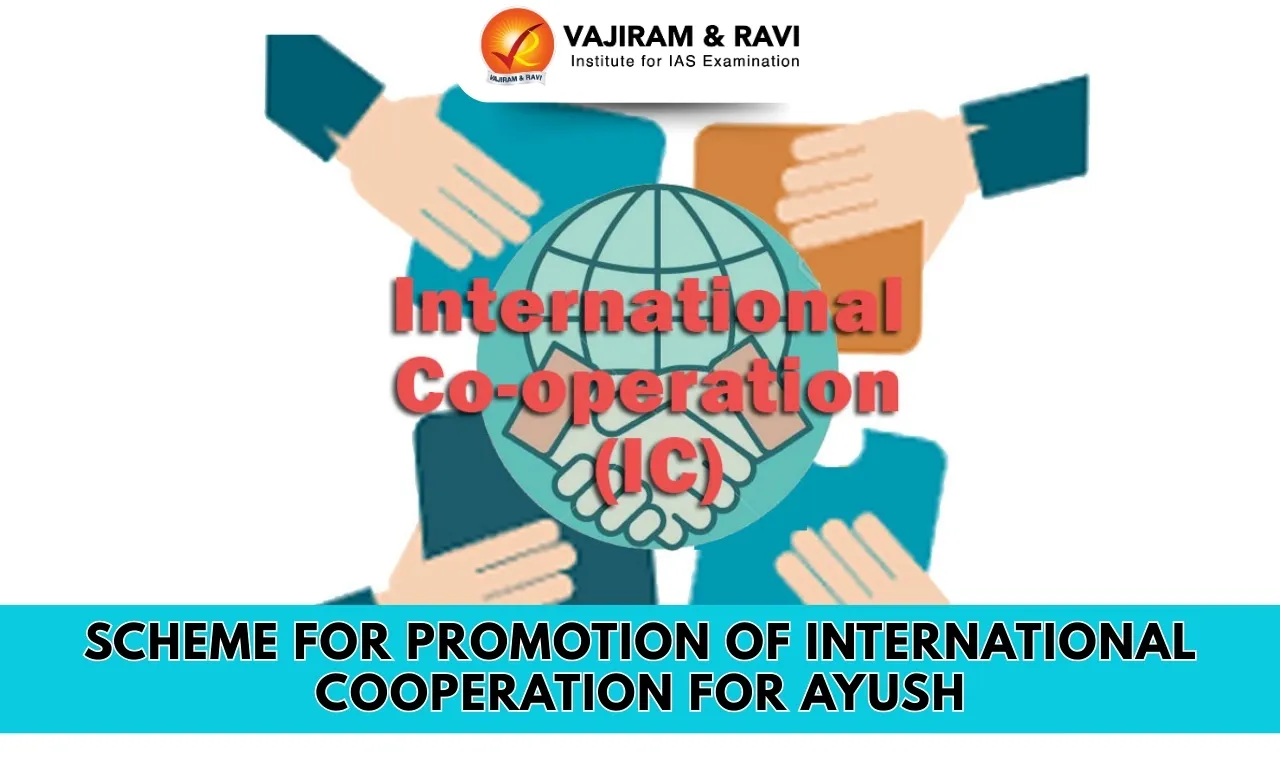Desalination Technology Latest News
The Defence Research & Development Organisation (DRDO) has developed an indigenous high-pressure nanoporous multilayered polymeric membrane for seawater desalination.
Purpose and Strategic Importance
- The project was executed by Defence Materials Stores Research & Development Establishment (DMSRDE), Kanpur, under the Aatmanirbhar Bharat initiative.
- The membrane was designed to meet the operational needs of the Indian Coast Guard (ICG), particularly to withstand chloride ion-induced instability in saline water.
- The technology is intended for use in Offshore Patrol Vessels (OPVs) of the Coast Guard, providing self-reliant onboard freshwater capability.
About Desalination Technology
- Desalination is the removal of dissolved salts and minerals from saline or brackish water to make it fit for human use.
- Two primary technologies used globally:
- Reverse Osmosis (RO) – pressure-driven membrane-based filtration.
- Thermal Desalination – evaporation-condensation method using heat.
- A desalination plant converts seawater into freshwater by removing salts to meet drinking or industrial quality standards.
Working of Reverse Osmosis (RO) Desalination
- Osmosis refers to the natural movement of water from an area of low solute concentration to high solute concentration through a semi-permeable membrane.
- In reverse osmosis, external pressure is applied to push water from a high-solute (saline) side to a low-solute (freshwater) side, against the natural osmotic gradient.
- Microscopic pores in the RO membrane allow water molecules to pass while blocking salts and other impurities.
- Seawater typically has a TDS (Total Dissolved Solids) of ~35,000 ppm, while RO brings it down to 200–500 ppm, making it potable.
Desalination Technology FAQs
Q1: What is desalination?
Ans: Desalination is the process of removing salts and minerals from seawater or brackish water to produce freshwater for drinking or agriculture.
Q2: What are the main desalination methods?
Ans: Common methods include Reverse Osmosis (RO), Multi-Stage Flash (MSF), and Electrodialysis. RO is the most widely used.
Source: PIB
Last updated on December, 2025
→ Check out the latest UPSC Syllabus 2026 here.
→ Join Vajiram & Ravi’s Interview Guidance Programme for expert help to crack your final UPSC stage.
→ UPSC Mains Result 2025 is now out.
→ UPSC Notification 2026 is scheduled to be released on January 14, 2026.
→ UPSC Calendar 2026 is released on 15th May, 2025.
→ UPSC Prelims 2026 will be conducted on 24th May, 2026 & UPSC Mains 2026 will be conducted on 21st August 2026.
→ The UPSC Selection Process is of 3 stages-Prelims, Mains and Interview.
→ UPSC Result 2024 is released with latest UPSC Marksheet 2024. Check Now!
→ UPSC Toppers List 2024 is released now. Shakti Dubey is UPSC AIR 1 2024 Topper.
→ Also check Best IAS Coaching in Delhi
Tags: Desalination Technology prelims pointers upsc prelims current affairs

















